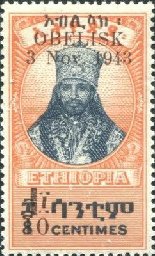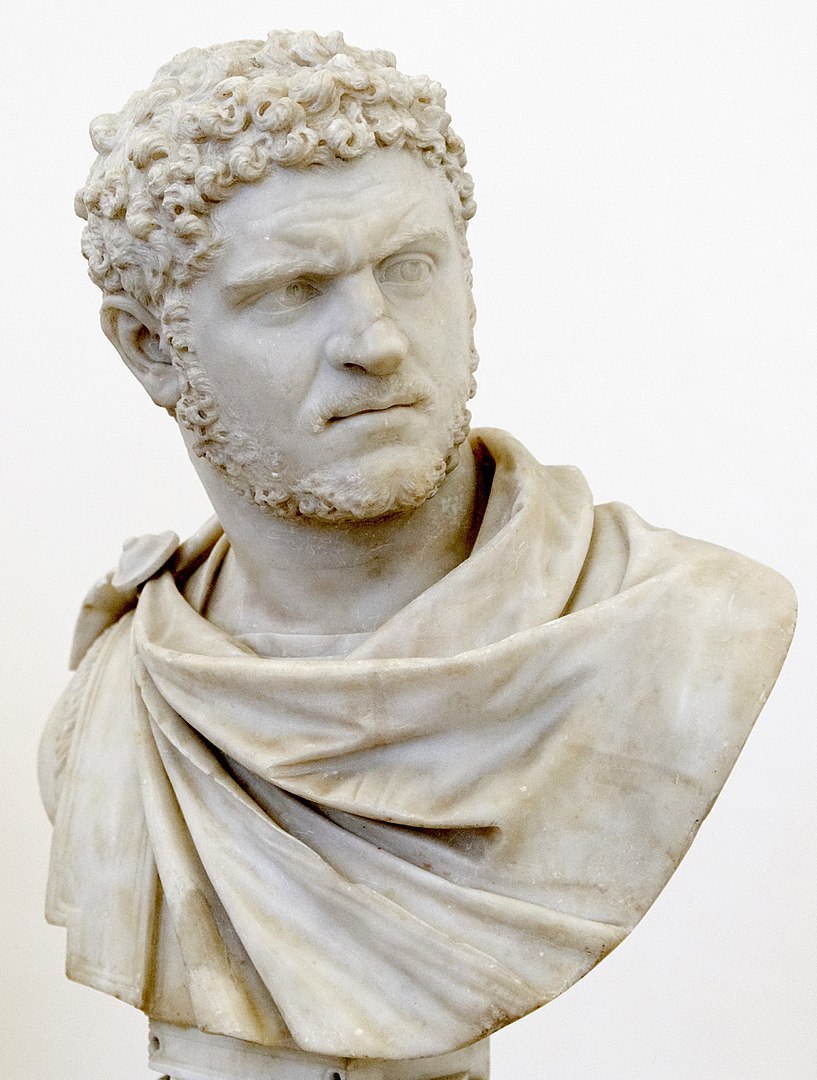Stamp: Surcharged 10c on 8c (Ethiopia 1943)
Surcharged 10c on 8c (Ethiopia 1943)
03 November (Ethiopia ) within release Emperor Haile Selassie I goes into circulation Stamp Surcharged 10c on 8c face value 10 Ethiopian cent
| Stamp Surcharged 10c on 8c in catalogues | |
|---|---|
| Michel: | Mi:ET 208 |
| Stamp Number: | Sn:ET 259 |
Stamp is square format.
Also in the issue Emperor Haile Selassie I:
- Stamp - Surcharged 5c on 4c face value 5;
- Stamp - Surcharged 10c on 8c face value 10;
- Stamp - Surcharged 15c on 10c face value 15;
- Stamp - Surcharged 20c on 12c (Br) face value 20;
- Stamp - Surcharged 30c on 20c (Br) face value 30;
|
Data entry completed
50%
|
|
|---|---|
| Stamp Surcharged 10c on 8c in digits | |
| Country: | Ethiopia |
| Date: | 1943-11-03 |
| Print: | Unknown |
| Emission: | Definitive |
| Format: | Stamp |
| Face Value: | 10 Ethiopian cent |
Stamp Surcharged 10c on 8c it reflects the thematic directions:
A dictator is a political leader who possesses absolute power. A dictatorship is a state ruled by one dictator or by a polity. The word originated as the title of a Roman dictator elected by the Roman Senate to rule the republic in times of emergency. Like the terms "tyrant" and "autocrat", dictator came to be used almost exclusively as a non-titular term for oppressive rule. In modern usage, the term dictator is generally used to describe a leader who holds or abuses an extraordinary amount of personal power.
The word emperor (from Latin: imperator, via Old French: empereor) can mean the male ruler of an empire. Empress, the female equivalent, may indicate an emperor's wife (empress consort), mother/grandmother (empress dowager/grand empress dowager), or a woman who rules in her own right and name (empress regnant or suo jure). Emperors are generally recognized to be of the highest monarchic honour and rank, surpassing king. In Europe, the title of Emperor has been used since the Middle Ages, considered in those times equal or almost equal in dignity to that of Pope due to the latter's position as visible head of the Church and spiritual leader of the Catholic part of Western Europe. The emperor of Japan is the only currently reigning monarch whose title is translated into English as "Emperor"
A head of state (or chief of state) is the public persona that officially represents the national unity and legitimacy of a sovereign state. In some countries, the head of state is a ceremonial figurehead with limited or no executive power, while in others, the head of state is also the head of government. In countries with parliamentary governments, the head of state is typically a ceremonial figurehead that does not actually guide day-to-day government activities and may not be empowered to exercise any kind of secular political authority (e.g., Queen Elizabeth II as Head of the Commonwealth). In countries where the head of state is also the head of government, the president serves as both a public figurehead and the actual highest ranking political leader who oversees the executive branch (e.g., the President of the United States).


